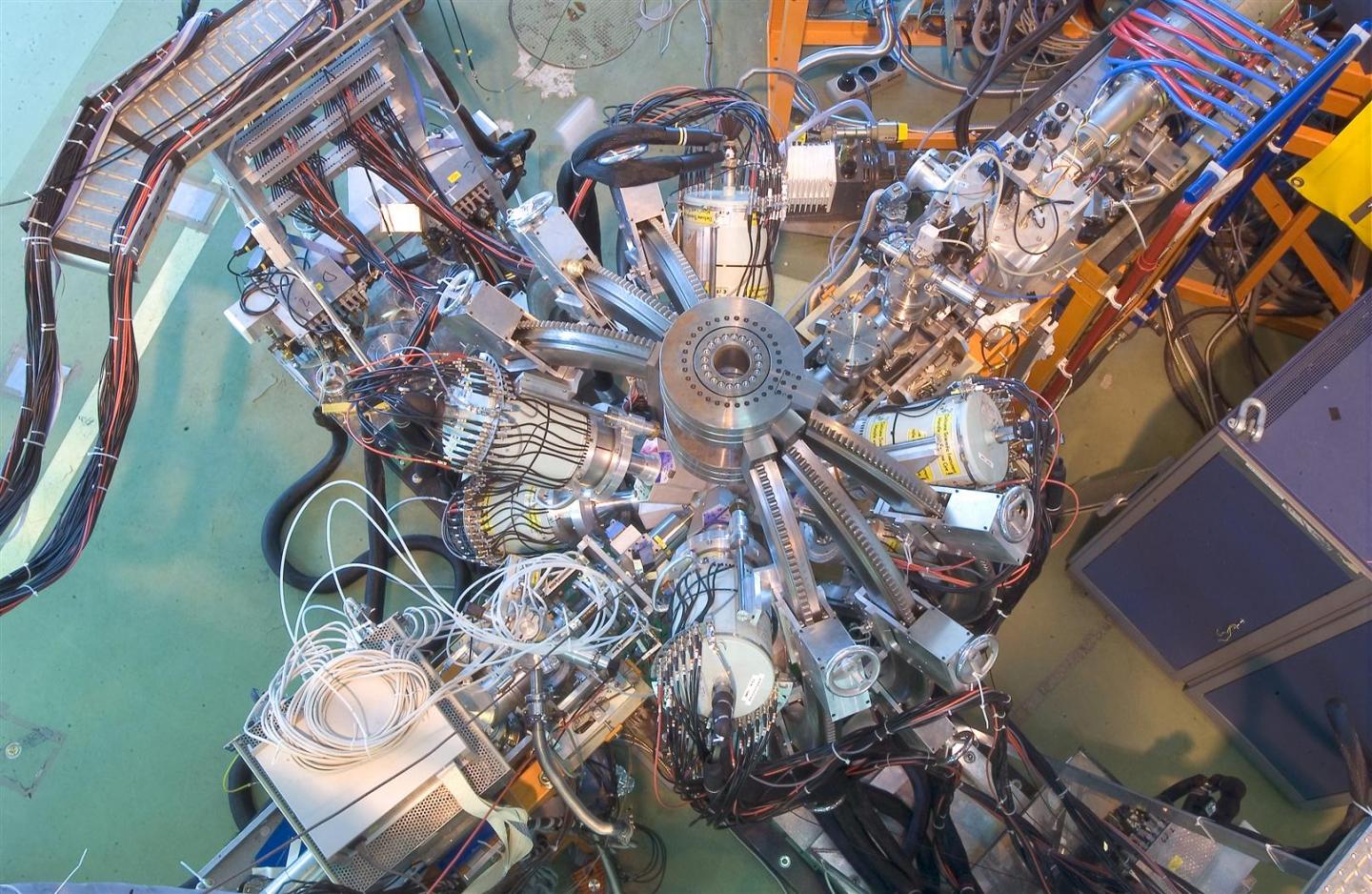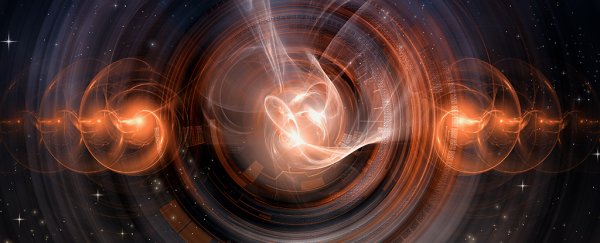When CERN researchers need to test the limits of scientific research, it's not often there's a van at the centre of it all.
But the antiProton Unstable Matter Annihilation (PUMA) project, set to take around one billion antiprotons on a very special road trip, is going to lead to some fascinating physics.
There's an old saying, "If the mountain will not come to Muhammad, then Muhammad must go to the mountain".
We've now got a fancy new version: "If radioactive particles are too short-lived to go to antimatter, antimatter must go to the radioactive particles."
OK, not quite as poetic. But bringing these particles together could help us have a far better understanding of the heavy duty physics going on deep inside stars.
Antimatter has been a staple of science fiction weapons and space engines, given it releases an impressive amount of energy when brought together with its mirror twin - normal matter.
Physicists have actually been making and studying antimatter particles since the mid-20th century, using particle accelerators like the enormous one at CERN.
While we can easily contain large numbers of antimatter particles for long periods using special devices such as Penning traps, nobody has popped them into a magnetic flask and transported them from one place to another before.
But now someone has finally found a good reason to do so.
Modelling atoms and how they interact is rather difficult, especially as you start looking inside bigger atoms with more and more protons and neutrons.
Understanding how all those sub-atomic particles arrange themselves for the elements further down the periodic table is currently in the too-hard basket.
Some researchers suspect neutrons can form something of a thin skin around the outside of the nucleus. But is this skin typically soft? Does it constitute a diffuse halo under certain conditions?
These questions aren't merely academic, either, but have applications in diverse areas of science, from chemistry to astronomy.
"One of the reasons understanding neutron skins and halos is so important is to make the most of astrophysical observations," nuclear physicist Panagiota Papakonstantinou from the Institute for Basic Science in Daejeon, South Korea, told Nature's Elizabeth Gibney.
As the cores of super dense stars contain these kinds of heavy elements, knowing how they form tells us a lot about the behaviour of massive stars.
The problem is big, dense atoms with lots of neutrons are also rather radioactive. If you want to study a neutron skin, you've got to be quick – the atoms fall apart practically as soon as they've been made. Lithium-11, for example, has a half life of just 8.6 milliseconds.
Smacking antiprotons into the normal protons of these supersized elements is one way we can determine the arrangement of particles in their core. Which is precisely what the PUMA project intends to do.
CERN's antiproton decelerator makes antiprotons. And the Isotope mass Separator On-Line facility (ISOLDE) makes the radioactive nuclides. It's a match made in heaven.
 Isotope mass Separator On-Line facility (ISOLDE/CERN)
Isotope mass Separator On-Line facility (ISOLDE/CERN)
There's just a pesky several hundred metres of distance between the two facilities.
So researchers have devised a plan to load a cloud of approximately one billion antiprotons inside a special trap, and then store them at around 4 degrees above absolute zero. That's a lot of antiprotons; more than four times the number anybody has attempted previously.
They'll load this complicated magnetic thermos flask into a van, drive the van a short distance, and transport the particles into ISOLDE, where they'll be fired at isotopes of lithium.
Should the driver recklessly roll the van on the way, we'd still have nothing to fear. Even if the cloud of antiprotons were to somehow come into contact with actual matter, a billion would still barely be enough to blow up an apple, let alone a research facility.
"It's almost science fiction to be driving around antimatter in a truck," theoretical nuclear physicist Charles Horowitz from Indiana University Bloomington told Nature.
"It's a wonderful idea."
We agree. We just hope they've prepared a quality mix tape for such a long journey.
